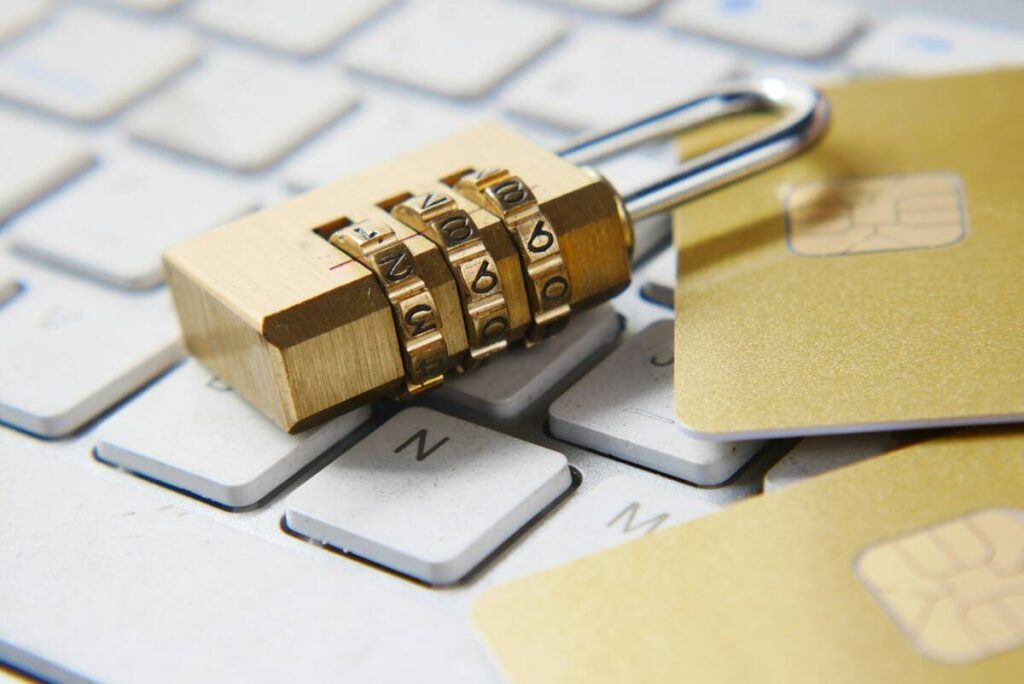Our latest Articles
Insights, Tips, and Trends to Simplify Your Financial Transactions and Maximize Your Payment Experience

Best Business Software for Naturopathic Doctors
In today's digital healthcare landscape, naturopathic doctors face unique challenges when managing their practices. From scheduling appointments and maintaining patient records to dispensing supplements and…
How to Grow Your Aromatherapy Business
The first time I experienced the transformative power of essential oils was during a particularly stressful week at my corporate job. A colleague offered me…
2025 Welcomes New Cybersecurity and Biometric Authentication Tools in Fintech
Imagine a world where even as a long-time banking customer, you’d no longer have to enter passwords to check your accounts. Simply from your kitchen…
New Compliance Regulations Shake Things Up in the Financial Technology Sector
It started with a trickle—a new rule here, an updated requirement there. But were just over a month into 2025 and this year's flood of…
How to Start an Herbal Apothecary Business
If you long for the gentle scent of dried herbs while busy hands measure fragrant lavender into small cloth bags, you might seek the heartbeat…
HVAC Business Initial Investment Costs:A Complete Financial Guide
Starting an HVAC business without knowing the initial investment costs can kick your butt financially. Sure, it helps to know that you’ll probably need some…
How to Start Your Own Aromatherapy Business
There’s quite an enticing prospect of success within the wellness industry as we approach the promising year of 2025. Having observed the remarkable expansion of…
How to Use QR Codes for Restaurant Payments: A Complete Guide
The restaurant industry continues to evolve and adapt with new technology, with digital payments leading the charge toward modernization. Gone are the days when servers…
High Demand Home Service Businesses in 2025
The appeal of starting a home service business has never been stronger as we move into 2025. With homeowners increasingly prioritizing property maintenance and upgrades,…